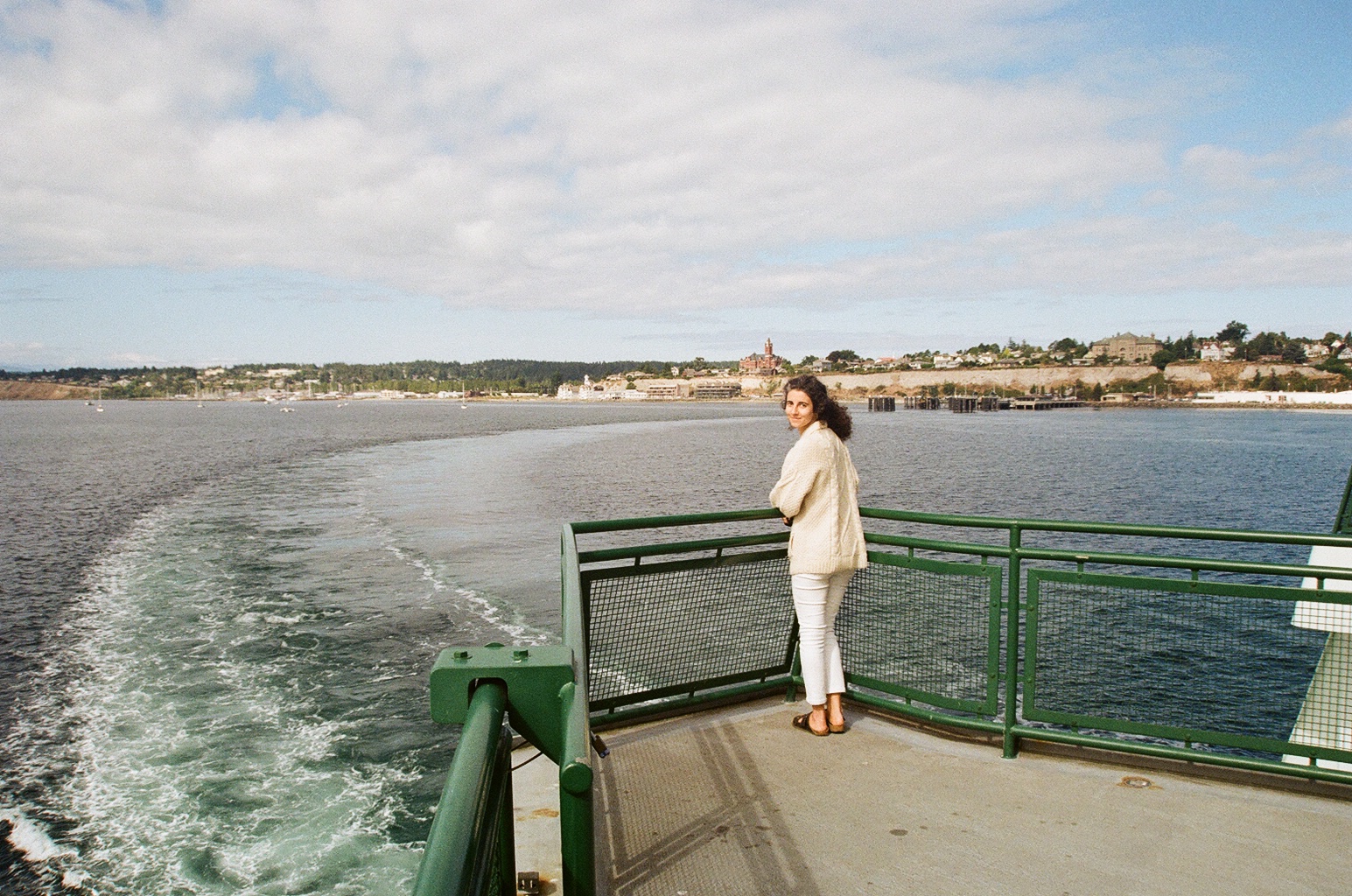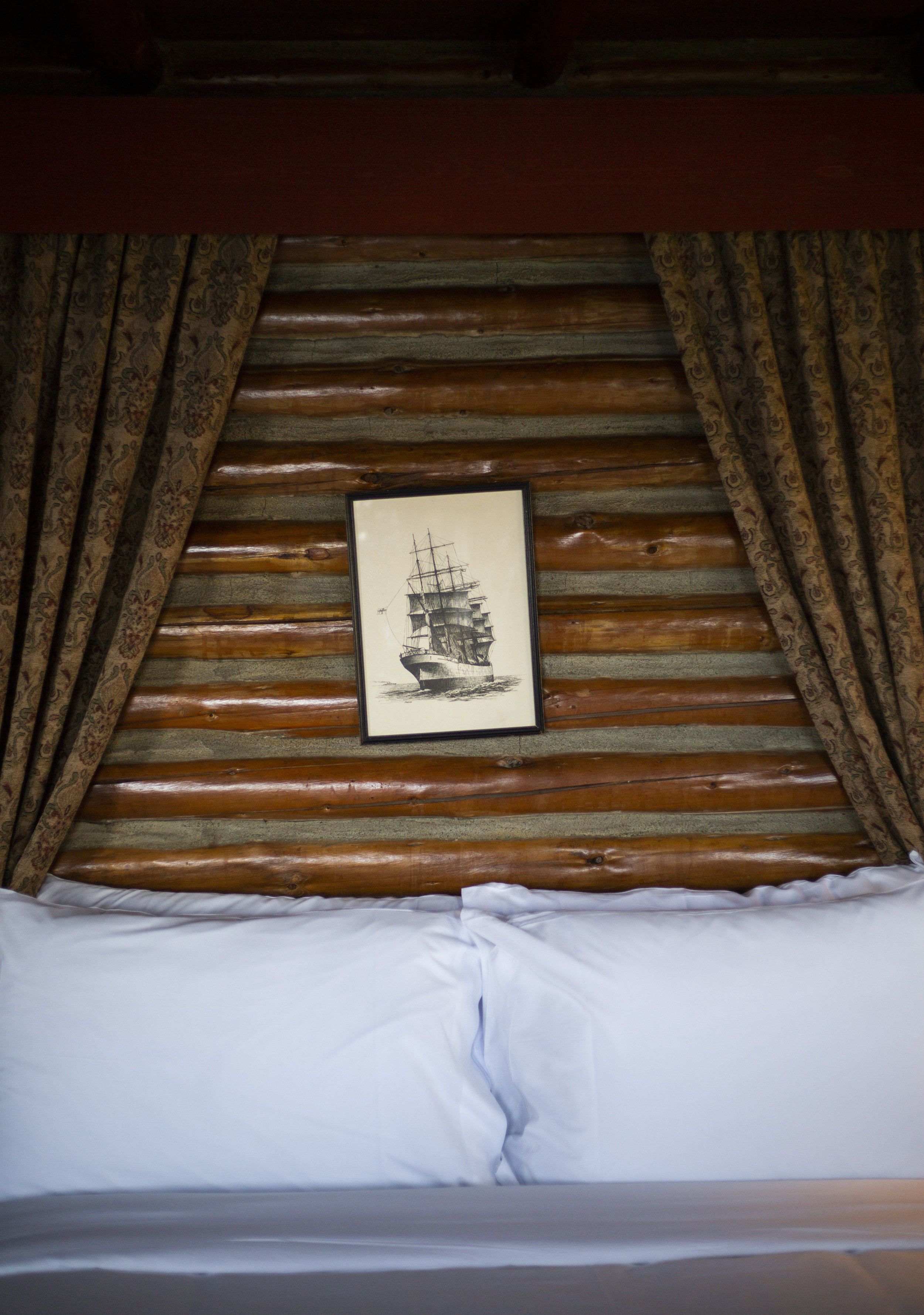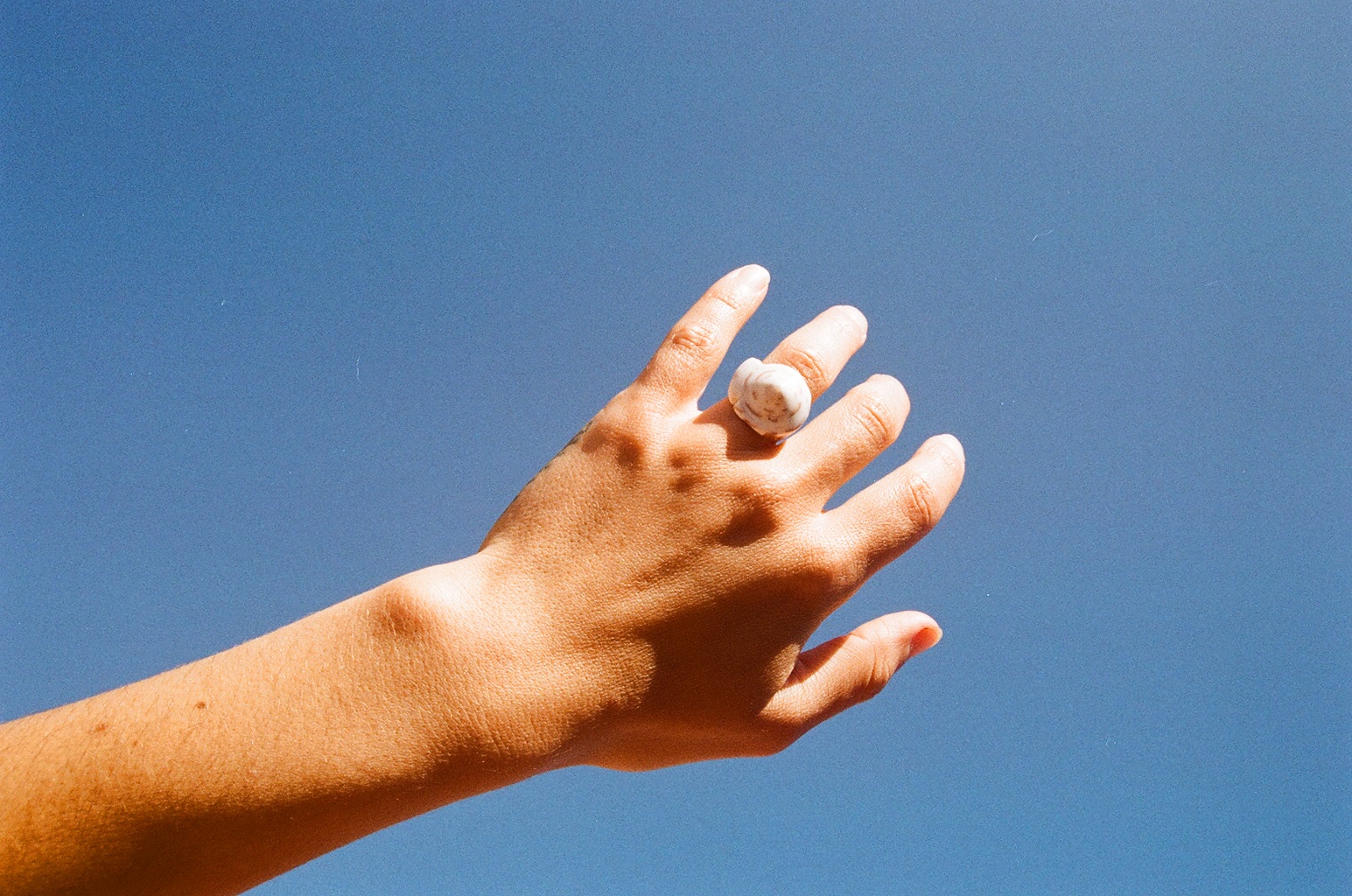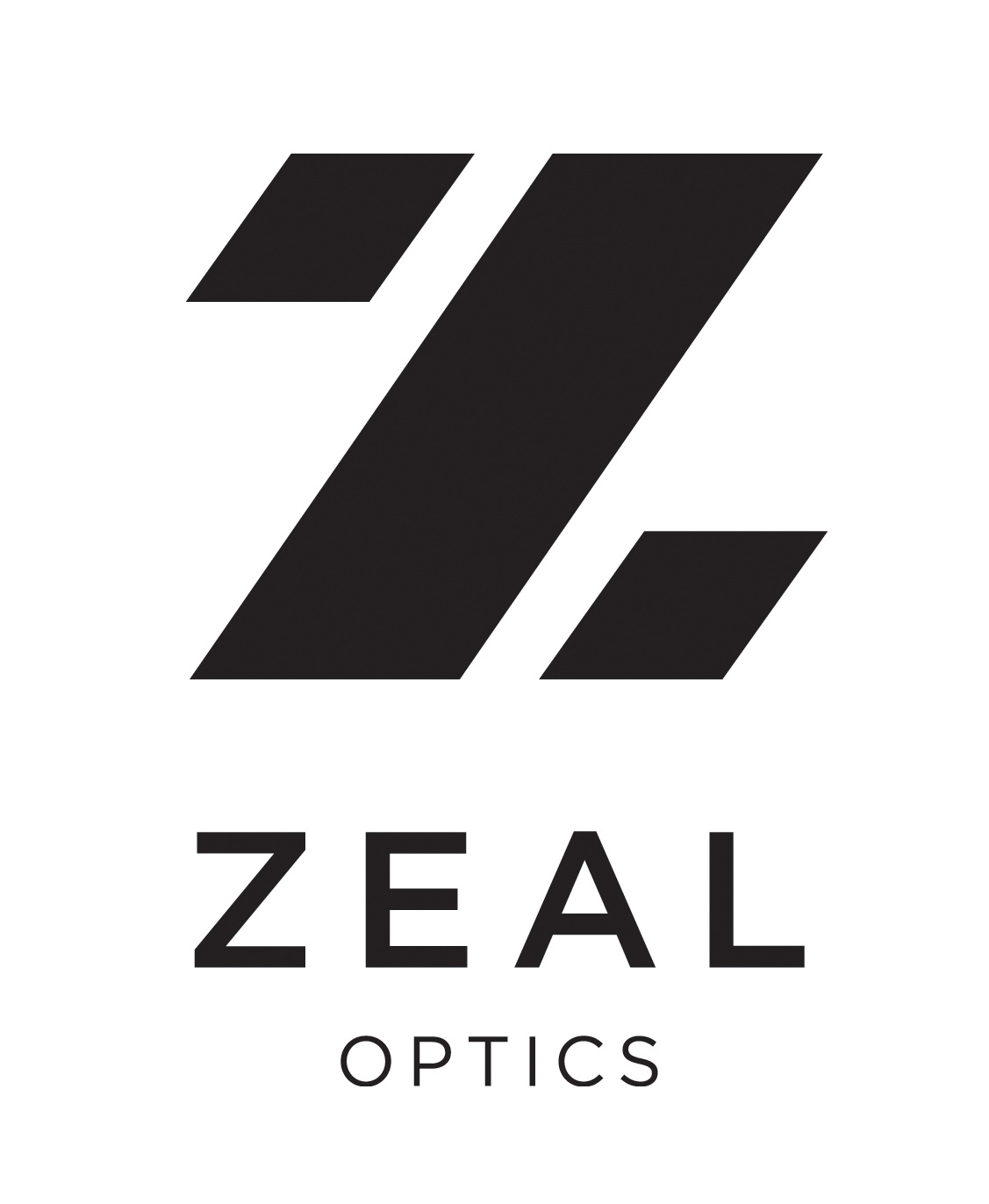Changing Landscapes
Stay Wild
A Fireside Interview with Painter Claire Giordano
Interview by Charlotte Austin // @charlotteaustin
Paints by Claire Giordano // @claireswanderings
Photos by Patrick Mauro
Deep in the snow-covered Methow Valley, a group of friends has skied miles into a tiny cabin in the mountains. There’s a wood-burning stove, a scarlet sunset, and ski boots scattered across the floor. At the table sits Claire Giordano, a Seattle-based field painter, laying out her supplies: paper, paints, a cup of water. She looks out the window, her eyes moving across the landscape. She notes the fire-scorched trees, the changing light, the low snow cover. Claire specializes in painting endangered environments, and this place is unspeakably fragile. Slowly, she lifts her brush from the water and begins to paint.
What led you to create this kind of art?
I can trace my path as an outdoor artist back to a specific moment almost nine years ago when I participated in an Inspiring Girls Expedition in July 2010. It’s a 12-day program on Mount Baker in Washington State, and it aims to empower young women through scientific field studies, mountaineering lessons, and art. I joined the expedition the summer before I started college, and it was my first time traveling in an alpine environment and practicing science outside. We learned about glacial recession and climate change by walking the moraine of the glacier, measuring snow, and conducting our own experiments. I was entranced.
In the middle of the trip, we met Maria Coryell-Martin, a watercolor artist who specializes in expedition art. She visited our team to teach an outdoor watercolor lesson, and I’ll never forget that day: The glacier above us was obscured in clouds and cold wind blasted off the mountain. We huddled beneath a barely-adequate tarp and tried sketching the land around us, using our paintbrushes as a bridge between the science lessons and what we saw.
I sat with a palette and paper gingerly tucked on my knees, clumsily painting a pile of rocks that marked the previous location of the glacier terminus before it began receding up the mountain. While I had learned about the impact of climate change, it wasn’t until I began painting that my perception shifted. I really saw the changes around me for the first time: Climate change was impacting a landscape I cared about, and it was suddenly impossible to ignore.
I held my soggy painting carefully in my gloved hands and realized two things: first, that art could be a profound way to communicate science, and second, that painting beside the glacier was one of the happiest moments of my life.
This experience colored my path in subtle ways for many years, influencing my majors in college that focused on environmental education and ethics and my choices of jobs in the outdoor industry. In the last year, it gave me the role models and courage to become a full-time artist.
Why do you paint outdoors?
I paint outside to see, to be present, and to learn. When I sit down with a blank page, all the normal mental distractions are erased by the focus required to translate what I am seeing and experiencing into marks on a page. I see these marks as a scientific record, both of my personal connection to a landscape and of the environment around me. I hope other people connect to my images on an emotional level, too.
What are the biggest challenges to field painting?
Balance! Time isn’t infinite when you’re in the backcountry, so I’m constantly juggling the time it takes to paint with weather, changing light, self-care, and the needs of my hiking partners.
I also find myself totally engrossed in what I’m painting, which can lead to some funny mishaps. I get so focused that I’ve had food stolen by chipmunks and even a dog while painting! I also have to deal with the elements, from cold to rain to bright sunlight. After sunburning my thumbs on a summit, I now paint almost completely covered in gloves, a hood, and long pants.
How do you choose what to paint?
As soon as I take my first step on a trail, I start noticing details of the landscape. Throughout the day I collect what I’m seeing in what I think of as a “visual language” of that place: the shapes, the colors, the patterns, the shadows, and the light.
After spending so much time looking around and processing what I see while I’m hiking or skiing, when I actually sit down to paint something, I find that my mind has often already mixed my paints to create the palette of colors. When I can, I try to paint a subject or a scene that captures my experience of the place. Sometimes this is an entire mountain; other times it’s a single branch of salal.
My subject is also heavily influenced by the practicalities of working outdoors: I have to choose something I can fully paint in a very limited timeframe. When I’m hiking, I mark the passage of time with numbers of miles, cookies eaten, and the soreness of my feet. When I stop to paint, time is delineated by a cobalt shadow creeping across a snowfield, an illuminated spire of rock I couldn’t paint fast enough, and the sun drying one side of my painting faster than the other.
What’s in your backpack?
Snacks! I’m the person in your hiking group who always has enough snacks, with extra to share. Peanut butter pretzels are my jam.
In terms of art supplies, I always have two lightweight Art Toolkit watercolor palettes, which are made by the same Maria I met on the glacier all those years ago. I also carry paper, and the size is dictated by how long I get to paint. I carry a few brushes—one small and one large—and an old aluminum tin for water. My favorite backcountry painting hack, however, is those reusable blue shop towels. They’re durable, lightweight, and really minimize my paper waste.
Lastly, I always have the 10 essentials and more layers than I think I will need. Sitting still to paint gets cold quickly, especially in the fall and winter. I routinely wear two puffies and usually sport three hoods.
What role do you think artists play in protecting endangered things?
I believe that art—in whichever form you choose—has the unique ability to create emotional connections to natural places.
When I sit at the base of a glacier and sketch the terminus to map its recession, climate change is no longer an abstract concept. It’s very, very real. And with the work I make, I strive to inspire others to feel this personal connection, too. That’s how environmental stewardship arises—when people feel something deeply enough to spur them into action.
We often think of endangered species as owls and newts and the charismatic megafauna of the jungle or the Arctic. But when I paint, I see a landscape that is slipping away just as rapidly. It’s taken me years to learn how to put words to what I do, but now when I paint a place I see myself as documentarian, witness, participant, and advocate. The few remaining wild spaces and open landscapes do not have a voice or a seat at the negotiation table. I aim to be that voice, because when we lose these landscapes, I believe we also lose a little part of ourselves. We need these wild places to visit, to explore, to remember our place in the world. The light on this landscape is changing, and I’m here to tell that story.
Learn More // claireswanderings.com

































